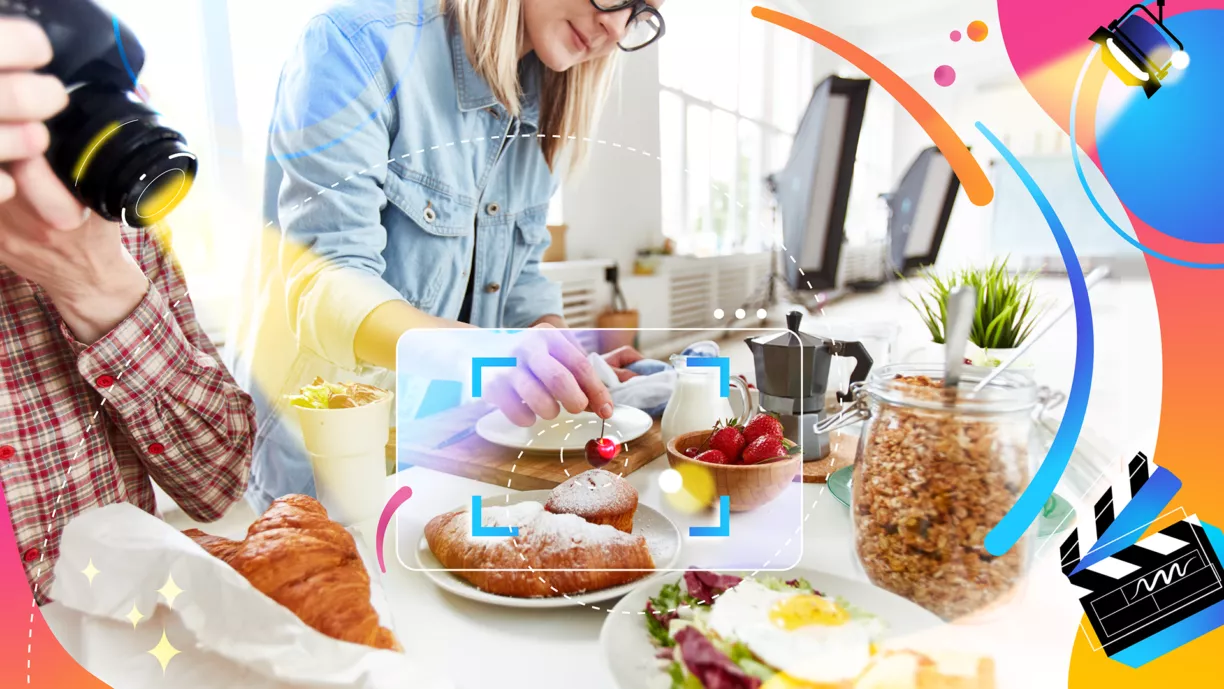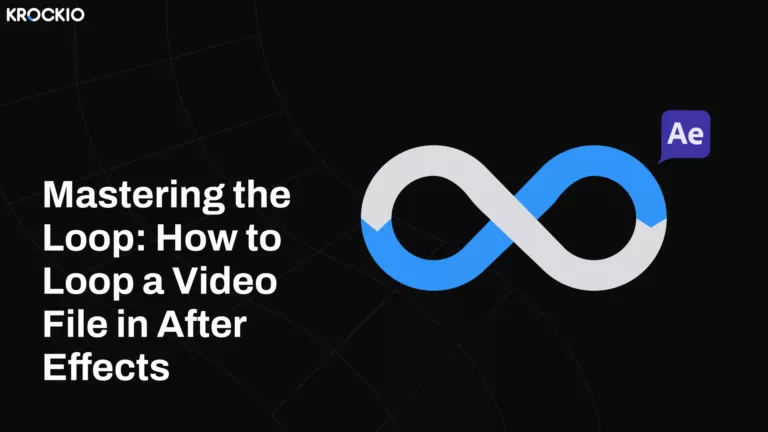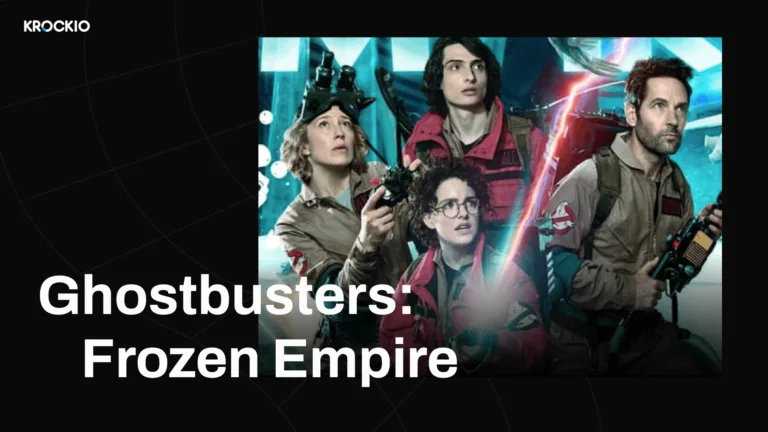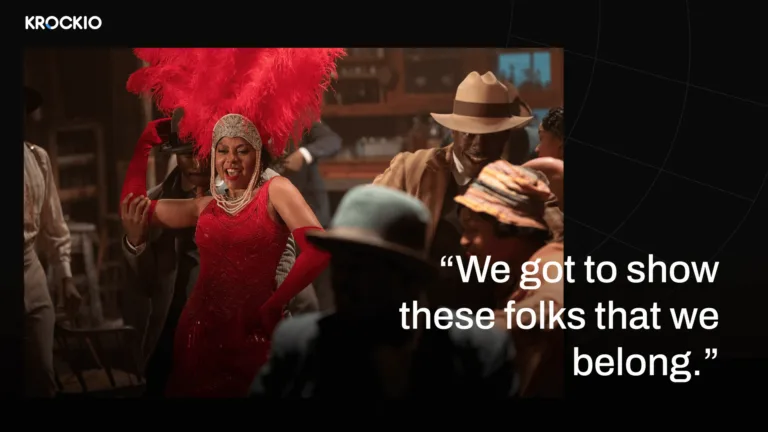Have you ever found yourself mesmerized by a beautifully plated dish on social media or captivated by the mouthwatering visuals in a cooking show? The art of food styling and videography has the power to transform a simple meal into a culinary masterpiece, engaging our senses and igniting our appetites.
What is Food Styling and Videography and How Does it Enhance Your Content?
Food styling and videography are creative techniques used to enhance the visual appeal of food in various forms of content, such as photographs, videos, social media posts, cookbooks, and advertisements. These techniques are employed to make the food look more appetizing, enticing, and visually captivating to the audience. Food styling focuses on the arrangement and presentation of food, while food videography brings the process of cooking and food preparation to life through dynamic motion.
Food styling involves carefully selecting and arranging the ingredients, props, and backgrounds to create an aesthetically pleasing composition. It requires a keen eye for detail, color coordination, and an understanding of the principles of design and composition.
Food stylists may use various tools and techniques to achieve their desired effects, including tweezers, brushes, garnishing tools, and even edible enhancers like oil or mist sprays. The goal is to make the food look fresh, vibrant, and irresistible, enticing the viewer to engage with the content and evoke a desire to taste the dish.
Food videography takes the art of food styling a step further by incorporating movement, sound, and storytelling. Videographers capture the entire process of cooking, from the ingredients being prepped to the final plated dish.
Through skillful camera work, lighting, and editing, they create visually dynamic and immersive experiences for the viewers. Food videography allows the audience to witness the textures, colors, and techniques involved in the culinary process, creating a more interactive and engaging form of content.
In this article, we will explore the fascinating world of food styling and videography, uncovering the secrets behind those captivating images and videos that make us fall in love with food all over again.
The Power of Visuals: A Feast for the Eyes
They say we eat with our eyes first, and never has that been truer than in the realm of food styling and videography. The visual presentation of a dish can make all the difference in how we perceive its taste and quality. Whether it’s a carefully arranged plate, a meticulously placed garnish, or the play of light and shadows in a video, these visual elements work together to create a sensory experience that transcends the mere act of eating.
The Art of Food Styling: Crafting Edible Masterpieces
Food styling is the art of arranging and presenting food in a visually appealing manner. It is a delicate balance between aesthetics and practicality, where every element is carefully chosen to enhance the dish’s overall appeal. From selecting the right props and background to arranging the ingredients with precision, food stylists create edible masterpieces that leave us in awe.
A food stylist’s toolkit consists of an array of tools and techniques. They might use tweezers to place garnishes with precision, misting bottles to add a touch of freshness, and blowtorches to create an enticing charred effect. Food stylists are also skilled in the art of deception, using clever tricks such as substituting non-edible items for actual food to achieve picture-perfect results. Through their expertise, they transform ingredients into works of art that tempt our taste buds.
The Role of Lighting and Composition: Setting the Stage
Lighting and composition play a crucial role in food styling and videography, setting the stage for a captivating visual narrative. Natural light is often preferred for its soft and flattering effect on food, but artificial lighting techniques can also be employed to create dramatic highlights and shadows. The direction, intensity, and color of light all contribute to the mood and ambiance of the final image or video.
Composition is another key element in visual storytelling. Food stylists carefully consider the arrangement of elements within the frame, taking into account principles such as balance, symmetry, and the rule of thirds. They strategically position ingredients, props, and utensils to create a sense of harmony and guide the viewer’s eye through the image or video, telling a story that goes beyond the plate.
From Still Life to Motion: The Rise of Food Videography
In recent years, the world of food styling has expanded to include food videography, offering a dynamic and immersive experience for viewers. Food videos allow us to witness the entire culinary process, from the chopping of ingredients to the sizzling and bubbling of pans. Through motion, we can better appreciate the textures, colors, and aromas that make a dish truly tantalizing.
Food videography requires a different set of skills and equipment compared to still photography. Videographers must consider factors such as camera movement, pacing, and the integration of sound to create a captivating visual narrative. Slow-motion shots can highlight the intricate details of food preparation, while aerial shots offer a bird’s-eye view of the culinary creation. With the rise of social media platforms like Instagram and YouTube, food videography has become an essential tool for chefs, food bloggers, and restaurants to engage with their audiences.
The Science Behind Appetizing Visuals: Neurogastronomy
The allure of visually appealing food goes beyond aesthetics—it is deeply rooted in the science of neurogastronomy. Our brains are hardwired to respond to certain visual cues that signify freshness, quality, and desirability. Vibrant colors, contrasting textures, and visually pleasing patterns trigger a cascade of neural responses that heighten our anticipation and enjoyment of a meal.
Studies have shown that the visual presentation of food can significantly impact our perception of taste. When a dish is visually enticing, our brains are primed to expect a more pleasurable eating experience, leading to increased satisfaction and even enhanced flavor perception. This phenomenon underscores the importance of food styling and videography in the culinary world, as they hold the power to elevate our dining experiences through the artful manipulation of our senses.
The Ethical Considerations: Striking a Balance
While food styling and videography offer a feast for the eyes, it’s essential to consider the ethical implications associated with this art form. In the pursuit of perfection, food stylists may resort to techniques that deviate from reality, such as using inedible substances or enhancing colors with artificial means. This departure from authenticity can create unrealistic expectations and promote a culture of unattainable standards.
However, there is a growing movement within the industry to embrace a more honest and transparent approach. Many food stylists and videographers now prioritize using real, fresh ingredients and minimal post-processing to showcase the true nature of food. By striking a balance between aesthetics and authenticity, they aim to inspire and educate viewers while respecting the integrity of the culinary experience.
Choosing the Right Equipment for Capturing Delicious Visuals
Choosing the right equipment is crucial for capturing delicious visuals in food photography and videography. Let’s delve into the essential components needed for each aspect:
Camera Lens for Food Photography
Macro Lens: A macro lens is a must-have for food photography as it allows you to capture intricate details, textures, and close-up shots of the food. It provides excellent depth of field control, ensuring that every element in the frame is sharp and well-defined.
Prime Lens: A prime lens with a wide aperture, such as a 50mm or 85mm lens, is ideal for food photography. It offers a shallow depth of field, allowing you to create a pleasing background blur (bokeh) while keeping the food in sharp focus.
Zoom Lens: A versatile zoom lens, like a 24-70mm or 24-105mm lens, can be useful for capturing a variety of shots, from wider compositions that showcase the entire table setting to closer shots of individual dishes.

Studio Lighting Setup for Food Videography
Continuous Lighting: Continuous lighting is preferable for food videography as it allows you to see the lighting setup in real-time. LED panels or softboxes provide consistent and adjustable light, helping to create an even and well-lit scene.
Light Diffusion and Modifiers: To soften and diffuse the light, using diffusers, reflectors, or softboxes is essential. These tools help reduce harsh shadows and create a pleasing, natural-looking illumination on the food.
Backlighting and Accent Lights: Incorporating backlighting and accent lights can add depth and dimension to your food videography. These lights can highlight textures, create attractive highlights, or separate the food from the background, enhancing its visual appeal.
Camera Angles for Food Videography
Overhead Shots: Overhead shots, also known as flat lay or bird’s-eye view shots, are commonly used in food videography. They showcase the entire scene, including the table setting, ingredients, and finished dishes, offering a comprehensive view of the culinary experience.
45-Degree Angle: Shooting from a 45-degree angle provides a visually appealing perspective for capturing individual dishes or plating techniques. It allows for a more detailed view of the food and emphasizes its height and composition.
Close-Ups: Close-up shots are essential for capturing the textures, colors, and intricate details of the food. Whether it’s capturing a sizzling pan or a drizzle of sauce, close-ups add visual interest and make the viewer feel intimately connected to the culinary experience.
Conclusion
Food styling and videography have transformed the way we engage with food, making it an art form that transcends the boundaries of the kitchen. Through careful arrangement, lighting, and composition, food stylists create visual narratives that captivate our senses and leave us craving more. The rise of food videography has further enriched this experience, allowing us to witness the magic of culinary creation in motion.
As we continue to explore the possibilities of visualizing culinary delights, let us appreciate the skill, creativity, and dedication of the artists behind these mesmerizing images and videos. Whether it’s a Michelin-starred chef, a food stylist, or a passionate home cook, they all contribute to a world where food becomes a multisensory adventure, inviting us to savor every moment.
So the next time you find yourself marveling at a beautifully styled dish or captivated by a mouthwatering food video, remember the artistry and craftsmanship that went into creating that visual masterpiece.
Check out more articles on getting started with KROCKIO:
- What is Audio Annotation?
- How to create a video? The ultimate guide to the production of videos
- Storyboard AI – Generate Storyboard Online in a few clicks
If you’re having any trouble or need any help, let us know.










